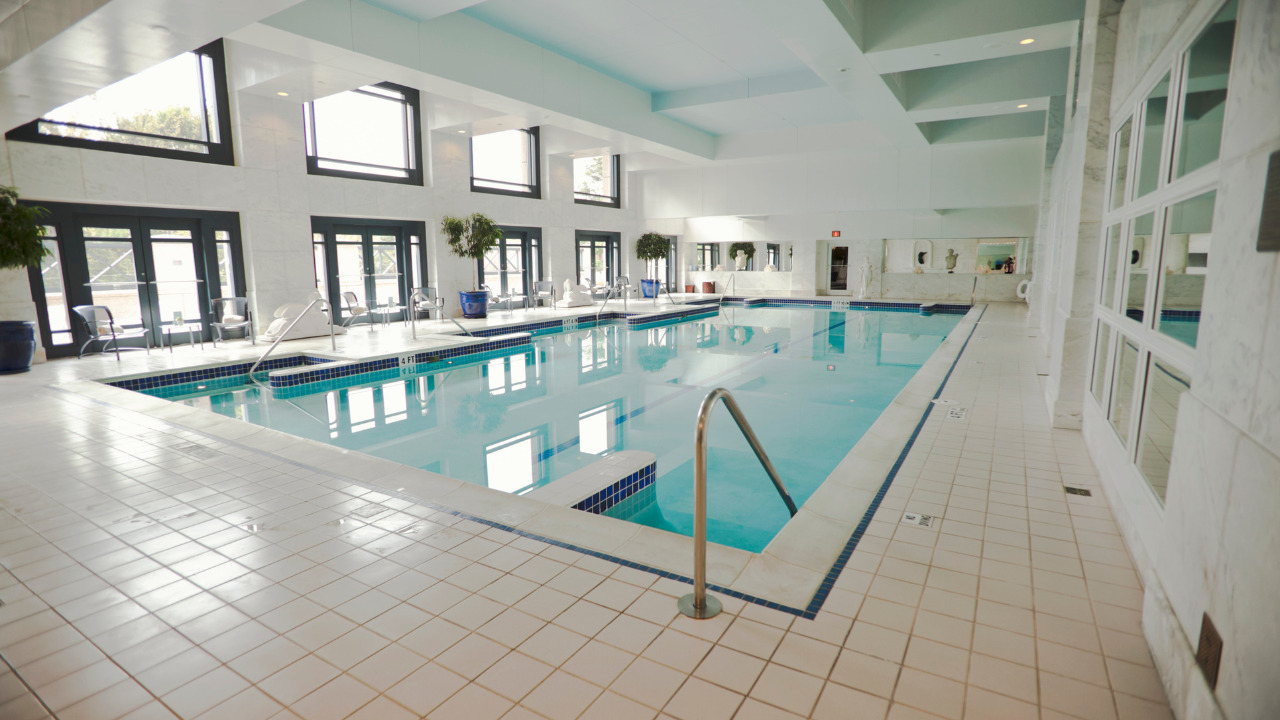It’s common to practice finishing a swimming pool using waterline tiles rather than tiling the entire interior. It is a practical choice that is also aesthetically beautiful. However, dirty waterline tiles can completely detract from the aesthetics of your pool and make swimming much less pleasant.
Pool ownership inevitably involves cleaning-stained waterline tiles. Where the pool water hits the tile edge is called the waterline, which is prone to becoming dirty and discolored over time. Here are some tips to keep your tiles pristine if you’re not paying a pool maintenance crew to power wash your waterline tiles.
Glass mosaic pool tiles come in a wide range of colors, as well as several treatments and textures. Glass pool mosaic tile is a well-liked ornamental material for indoor and outdoor applications because of the range of alternatives and the design adaptability it offers.
Table of Contents
Is It Reliable To Consider Glass Tile For A Pool?
Yes, it is among the greatest pool tile materials available today. Non-porous, hygienic, and long-lasting glass mosaic tiles are available. An excellent glass mosaic tile ought to be impermeable and resistant to chemicals, thermal shock, and resistant to frost.
Tiny glass pool mosaic tiles can be used to create countless patterns and one-of-a-kind artworks. Consider each piece of glass as a screen pixel. Beautiful artwork can be created by combining thousands of glass tiles.
The possibilities are unlimited if there is a good variety of colors available and if there is a technology that can turn any image into a mosaic-ready pattern.
What Are The Common Types Of Build-Up On Glass Tiles?
Waterline tiles frequently have scale or stains accumulating on the surface. Staining might result from a chemical imbalance or the organic material like leaves and soil adhering to the surface for a long time.
Calcium deposits may adhere to the sides of the pool when the water evaporatively evaporates naturally. It can be challenging to remove this calcium scaling, which will look like a white-gray muck.
Calcium Silicate
Scaling made of calcium silicate is more challenging to remove and manifests as a white-gray muck. In contrast to calcium carbonate, silicate won’t react with the applied muriatic acid. The best method for removing this kind of scaling is to use a pumice stone and much hard work.
Calcium Carbonate
There will be a flaky, white crust on the surface if you have calcium carbonate scaling on your pool tiles. If muriatic acid is applied to the area, this will bubble up. Calcium carbonate is simple to remove with a pumice stone or stain eraser.
Steps To Clean Glass Tile Of A Pool
Clean Pool
Once a week, the area around your swimming pool should be cleansed of organic things like leaves, soil, and grass. A vacuum cleaner would be useful for pristine, stain-free cleaning of your pool’s wall and floor.
It takes longer to clean an outdoor pool because organic materials and trash are easier to collect.
Brush The Tiles
Once a week, scrub the build-up on your glass pool tile with a stiff brush to remove the white calcium deposit accumulated on the tile surface. On hotter days, it is preferable to perform it twice weekly.
Regular cleaning can prevent stains from setting in and will always make the cleaning process simpler.
Drain The Pool
Although you regularly clean your glass pool tiles, calcium deposits are difficult to remove and may remain. To deal with the major issues, drain your pool once a year and break the pool line and surrounding regions. If you don’t want to drain the pool, you can lower the water level before scrubbing the tile.
Pour A Cleaning Solution
To properly clean your glass pool tile, apply the appropriate cleaning agent. For tough stains, homemade chemicals like baking soda or vinegar diluted with water work well. You might need to use pumice stones to remove calcium and build-up that is more difficult to remove, or you might want to consult a pool expert to create an acid solution.
If you are unsure about the cleaning products for tiles, double-check with the maker of pool tiles. Pumice stone will work better than a brush for stubborn stains. The item is available at your neighborhood pool supply shop.
Using it carefully and softly on your glass mosaic won’t damage your pool tile. Soda blasting is a less dangerous option to remove the calcium stains from your lovely glass pool tiles if you find it difficult to manage the pumice stone.
Conclusion
Keep your pool free of debris by periodically cleaning and washing the surface. This is one of the finest preventative measures you can do to keep dirt and scaling off your waterline tiles. Before each swimming season, you should gradually lower the water level to clean your waterline tiles thoroughly.
Your waterline tiles may get stained or sprout algae, which can harm them. Long-term damage can be minimized and prevented by keeping the chemicals in your pool in the right amounts. No matter if you have a saltwater or chlorine pool at home, this applies to you.
You may save the time-consuming and costly process of repairing and retiling the waterline of your pool by routinely cleaning it and taking care of any stains or scaling as they appear.





